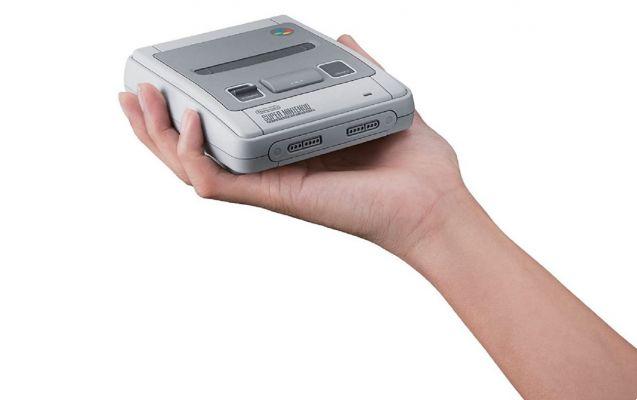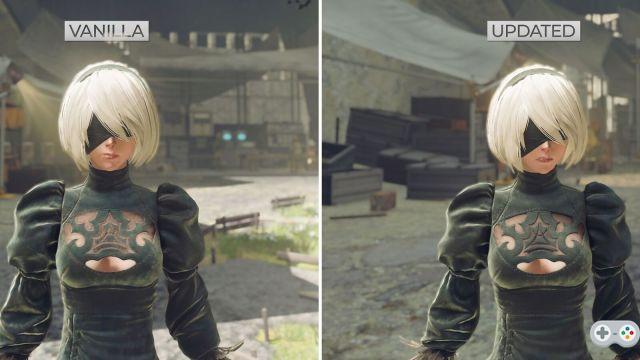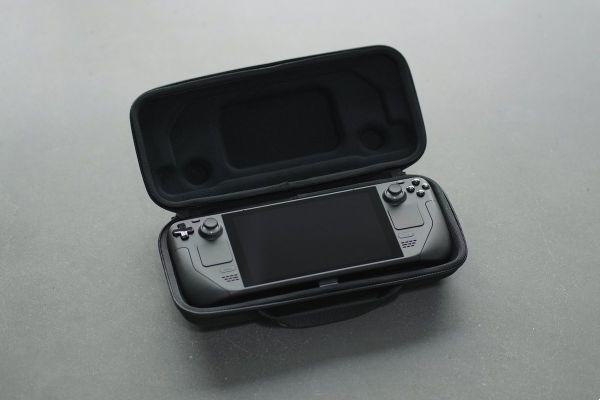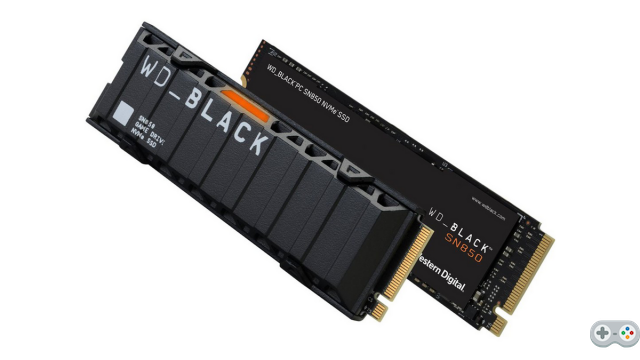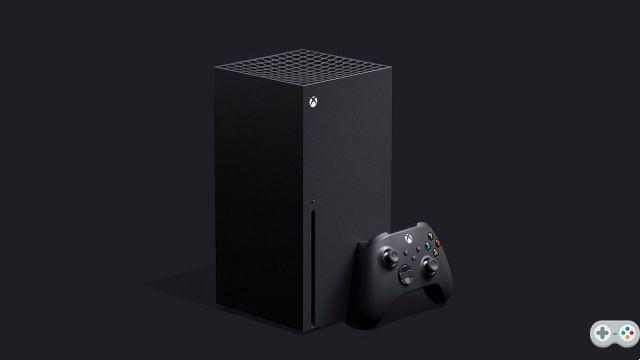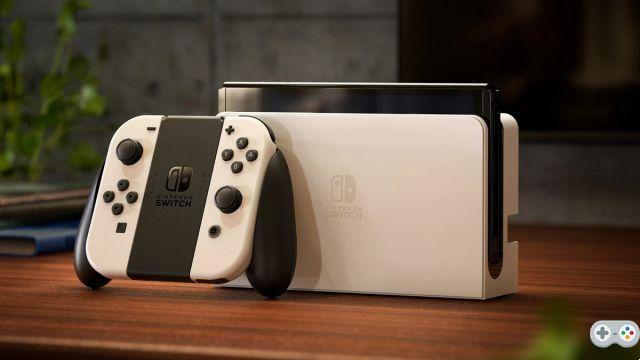
At its announcement last week, the Nintendo OLED Switch has come under heavy criticism for its rather discreet improvements and prohibitive price. But in the end, is this relatively high price justified by a very high production cost? Well not really...
Because Bloomberg has revealed the additional costs incurred by the manufacture of this new model by comparing it to the standard Switch released in 2017.
Read also:
Nintendo Switch: a YouTuber solves the Joy-Con Drift problem permanently and for around … 0 euro
Small improvements, big price
After weeks of rumors, the new Switch was unveiled before its release set for October 8, 2021. Unfortunately, many players fell from their chairs when they discovered the technical characteristics of the machine from the Japanese manufacturer. Indeed, the performances do not move and the 4K mentioned for a time is very absent. Note, however, the arrival of a 7-inch OLED screen (still in 720p), internal memory that increases to 64 GB, better speakers, a new adjustable support and an Ethernet port on the docking station.
To take advantage of these few adjustments which should improve the overall ergonomics of the console, players must pay 349,99 euros. A rather salty price and above all 50 € more important than that of the standard Nintendo Switch. A relatively questionable marketing strategy on the part of the Japanese manufacturer and recent revelations from Bloomberg will not help matters.
Read also:Nintendo Switch OLED: the American press took it in hand, here's what comes out of it
A nice margin for Nintendo
This week we find out that the famous Nintendo Switch OLED is not that expensive to design by doing a quick comparison with the first model. Thus, the new screen would cost between 3 and 5 dollars more per unit and the 64 GB storage would cost only 3,50 additional dollars for the Japanese firm. By adding to that other new internal components, the bill would grow by ten dollars.
Thus, Bloomberg explains that Nintendo will pocket an increased margin of $40 since the Switch OLED costs $10 more to produce compared to the basic Switch but will be marketed $50 more expensive. Moreover, the latter has been profitable since its launch in March 2017. And it must be said that with more than 88 million units sold worldwide, Nintendo does not take big risks trying to reap more profits.








